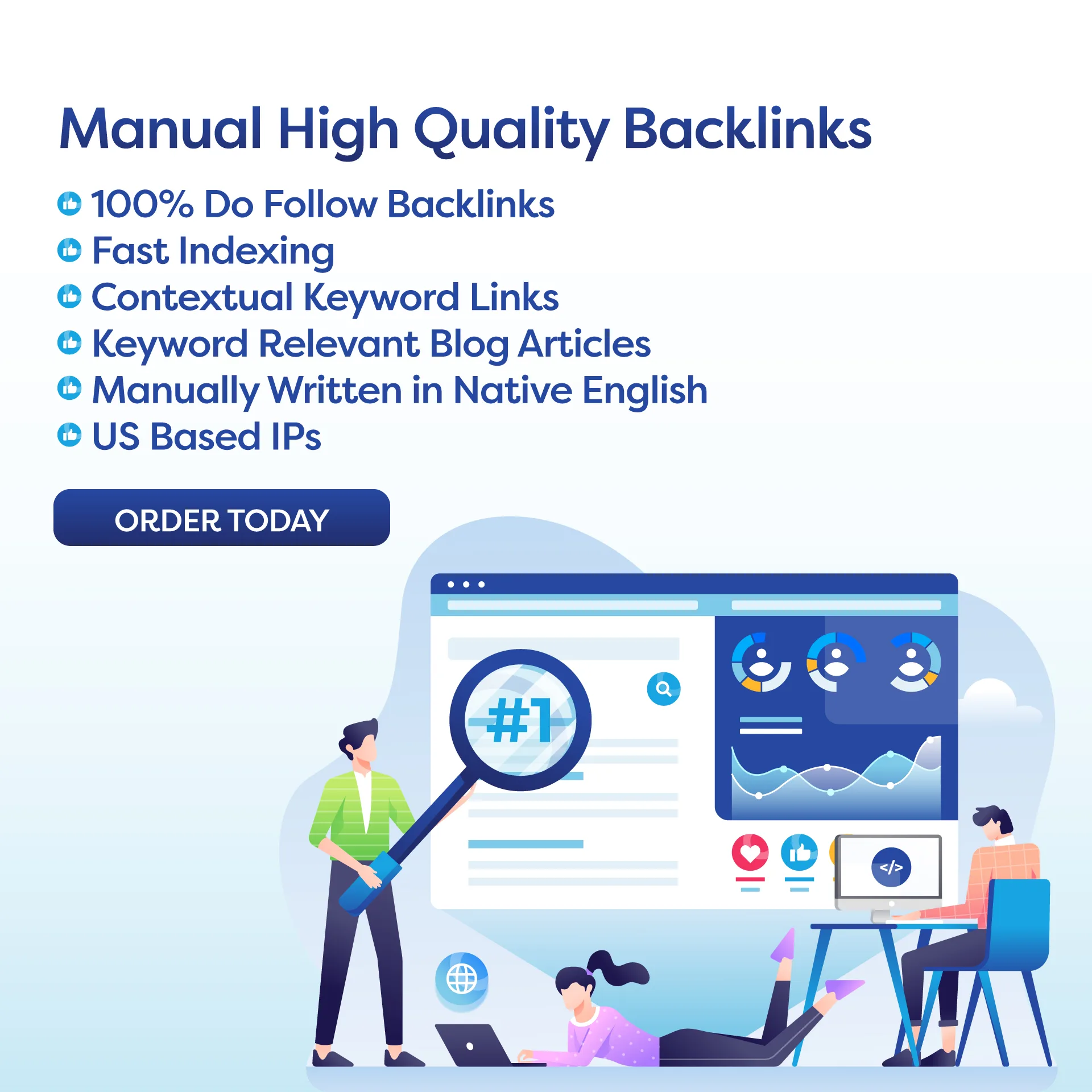In today’s fast-paced digital world, Mobile Optimization has become a critical aspect of web design and digital marketing. As more people rely on their smartphones and tablets to browse the internet, ensuring your website is optimized for mobile devices is no longer optional—it’s essential.
The Impact of Mobile Optimization on SEO
Google’s shift to mobile-first indexing signifies the importance of mobile optimization in SEO strategies. This approach means Google predominantly uses the mobile version of the content for indexing and ranking, highlighting the need for a mobile-friendly website to maintain or improve your search engine rankings.
- Google’s Mobile-First Indexing: Emphasizes the importance of having a mobile-optimized website for better visibility in search results.
- Relationship Between Mobile Optimization and SEO: Websites optimized for mobile devices tend to rank higher in search results, as they provide a better user experience.
- User Experience and Its Effect on SEO: A mobile-optimized site ensures a seamless experience for mobile users, reducing bounce rates and increasing time on site, both of which are favorable SEO signals.
Key Elements of Mobile Optimization
To achieve effective mobile optimization, several key elements must be considered, ensuring your website offers an optimal experience for mobile users.
- Responsive Web Design: Ensures that your website automatically adjusts to fit the screen size of any device, providing a seamless viewing experience.
- Fast Page Load Times: Mobile users expect quick access to information. Optimizing images, leveraging browser caching, and minimizing code can help achieve faster loading times.
- Mobile-Friendly Navigation and Content Layout: Simplified menus, easily clickable buttons, and readable content without the need to zoom are essential for keeping mobile users engaged.
Example: Mobile Optimization for an Employee Wellness Website
Consider an Employee Wellness Website that offers health tips, wellness challenges, and resources for stress management. To optimize for mobile, the website could implement the following:
- Responsive Design: The site uses a responsive template that adjusts content layout based on the device, ensuring that wellness resources are easily accessible on smartphones and tablets.
- Optimized Page Load Times: Images of wellness activities and resources are compressed, and the site utilizes AMP to ensure that articles on stress management load instantly on mobile devices.
- Mobile-Friendly Navigation: The website features a simplified navigation menu tailored for touchscreens, allowing employees to easily find and participate in wellness challenges or access health tips with just a tap.
Mobile Optimization not only enhances the user experience for mobile visitors but also supports SEO efforts, making it a pivotal component of modern web design and digital marketing strategies.
Implementing Mobile Optimization and FAQ
After understanding the importance and key elements of Mobile Optimization, implementing these strategies effectively is the next critical step. Ensuring your website meets the demands of mobile users can significantly impact your online success.
Strategies for Effective Mobile Optimization
Adopting specific strategies can help enhance the mobile experience for users, improving both engagement and SEO performance.
- Compressing Images and Files: Reduces load times by minimizing file sizes without compromising quality, essential for users on the go.
- Utilizing AMP (Accelerated Mobile Pages): AMP versions of pages load almost instantly, providing an ultra-fast experience that can improve visibility and click-through rates.
- Implementing Responsive Design Best Practices: Ensures that your website is accessible and visually appealing across a variety of devices and screen sizes, from smartphones to tablets.
Tools and Testing for Mobile Optimization
Regular testing and optimization are key to maintaining a mobile-friendly site. Utilize these tools to analyze and improve your mobile site’s performance.
- Google’s Mobile-Friendly Test: Offers an easy way to check if your web pages are mobile-friendly and provides suggestions for improvement.
- PageSpeed Insights: Analyzes the content of a web page, then generates suggestions to make that page faster, including mobile-specific recommendations.
- Other Tools for Mobile Usability Testing: Tools like BrowserStack and MobileTest.me allow you to test your site on different devices and operating systems, ensuring compatibility and usability.
FAQ Section
Addressing common questions can help demystify aspects of Mobile Optimization.
- Why is mobile optimization important for SEO?
- Mobile optimization is crucial for SEO because Google uses mobile-first indexing. A mobile-friendly website is more likely to rank higher in search engine results, attracting more organic traffic.
- How does mobile optimization impact user experience?
- A mobile-optimized website provides a better user experience with faster load times, easier navigation, and readable content, leading to increased engagement and lower bounce rates.
- What are the key features of a mobile-optimized website?
- Key features include responsive design, fast loading speeds, mobile-friendly navigation, and content easily viewable on smaller screens.
- Can mobile optimization affect my website’s bounce rate?
- Yes, websites that are not optimized for mobile can experience higher bounce rates as users are likely to leave a site that is difficult to navigate or slow to load on their devices.
Example: Mobile Optimization for a Professional Flooring Installer Business Website
For a Professional Flooring Installer Business Website, optimizing for mobile users can significantly enhance local search visibility and customer engagement. Consider these optimizations:
- Responsive Design: The site automatically adjusts its layout, images, and content to fit the screen of any device, ensuring that potential customers can easily browse flooring options and services.
- Fast Loading Images: Before and after photos of flooring installations are compressed for quick loading, showcasing the quality of work without slowing down the mobile experience.
- Simplified Contact Forms: A mobile-optimized contact form with larger fields and buttons makes it easy for customers to request quotes or more information, directly from their smartphones.
Implementing these mobile optimization strategies ensures that the flooring installer’s website is accessible, engaging, and effective in reaching potential customers on any device, ultimately driving business growth and enhancing online presence.

